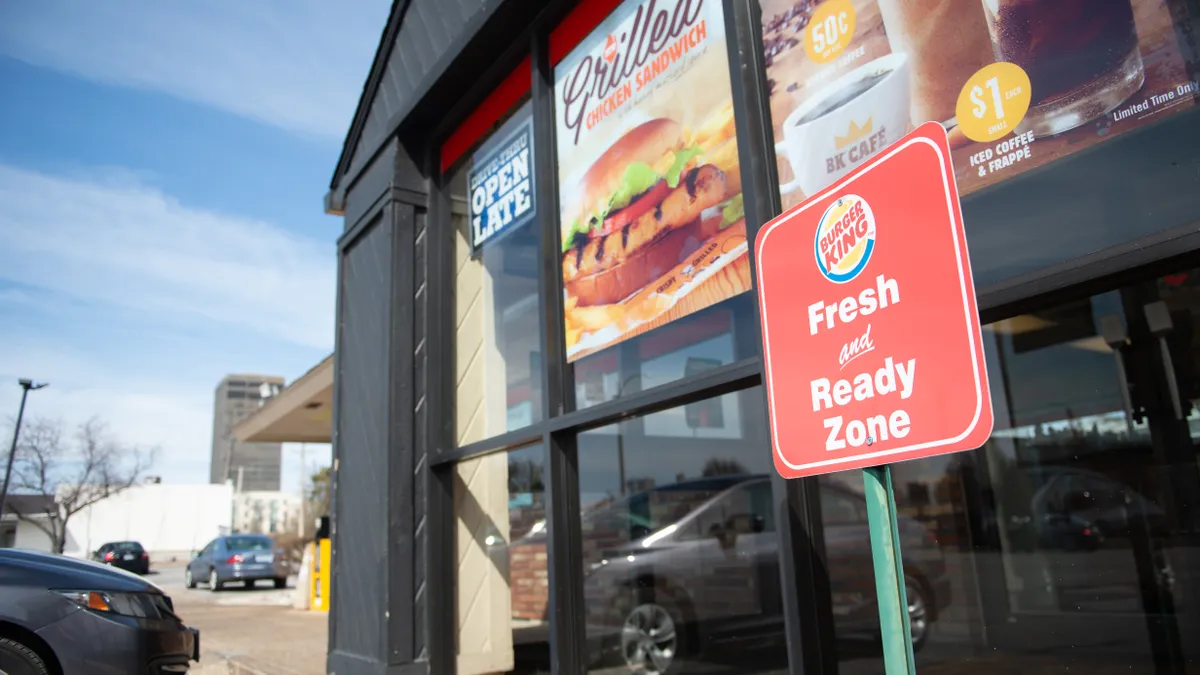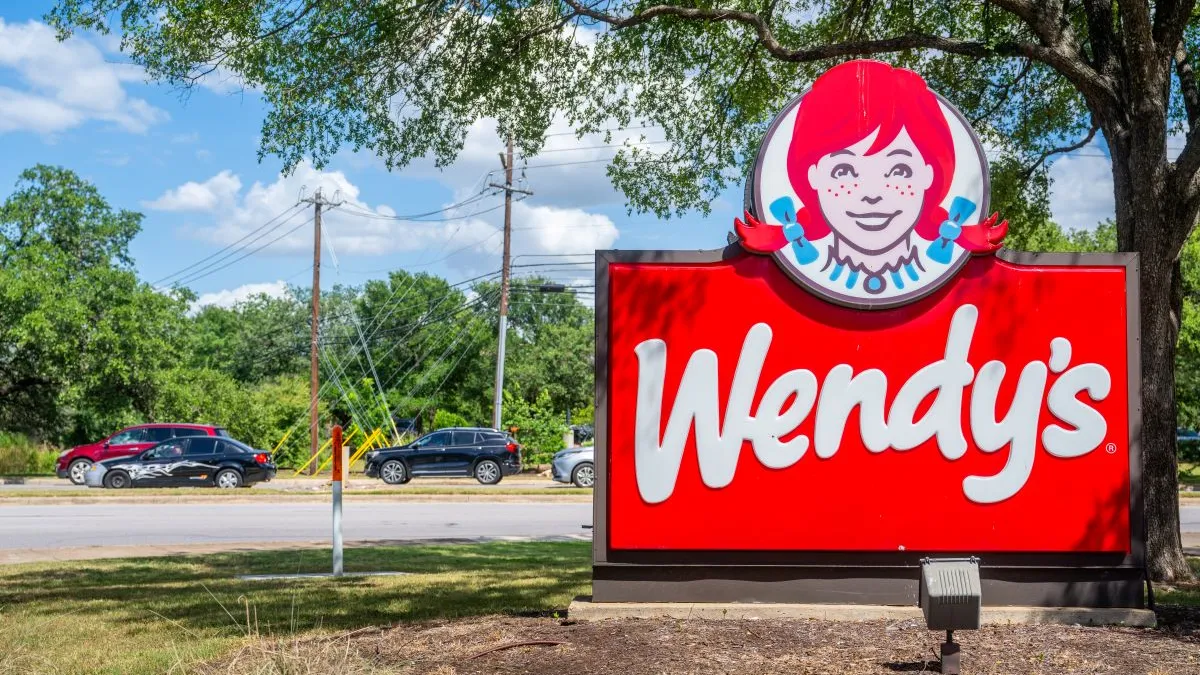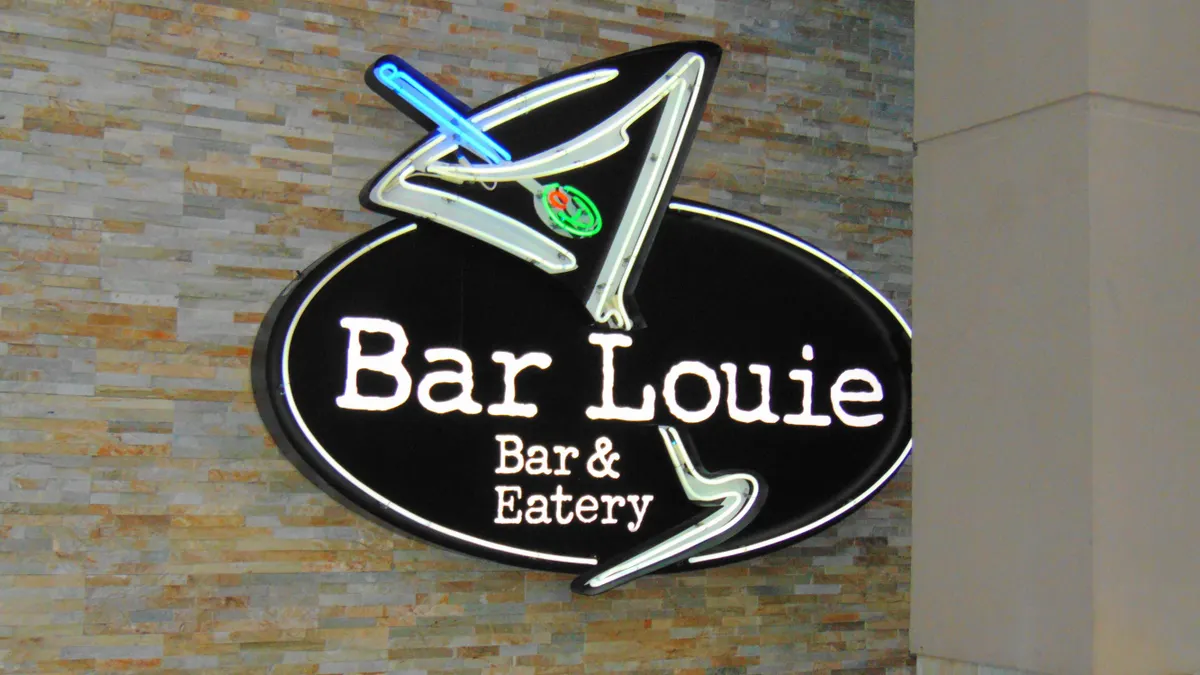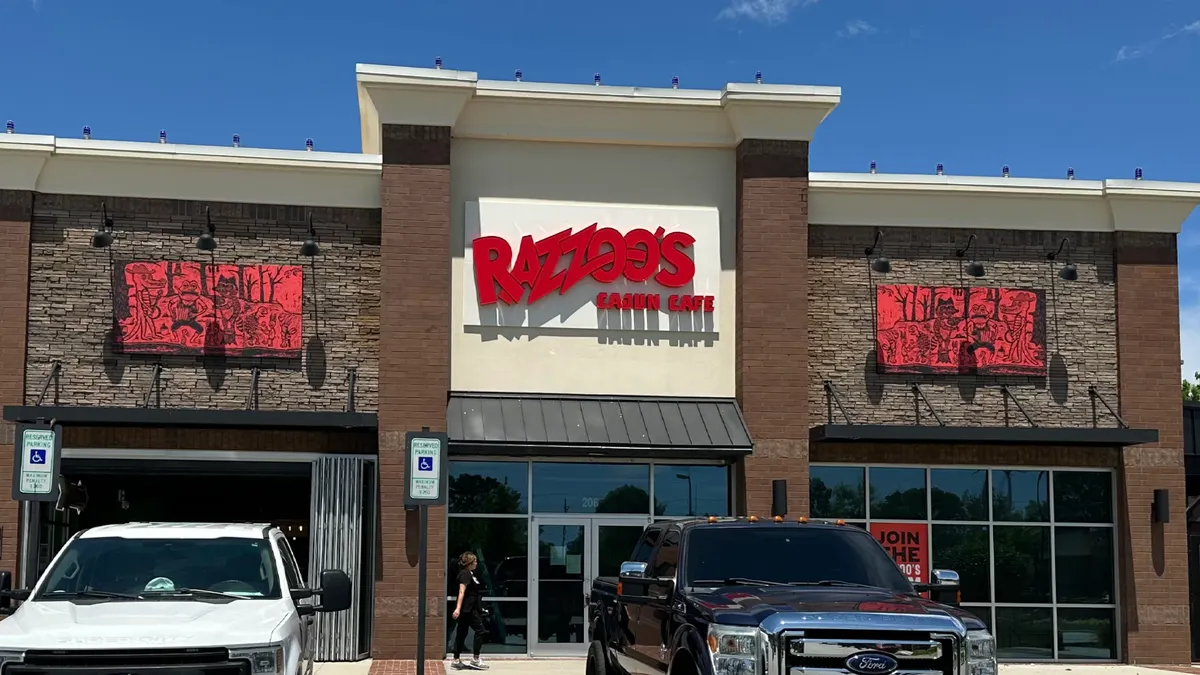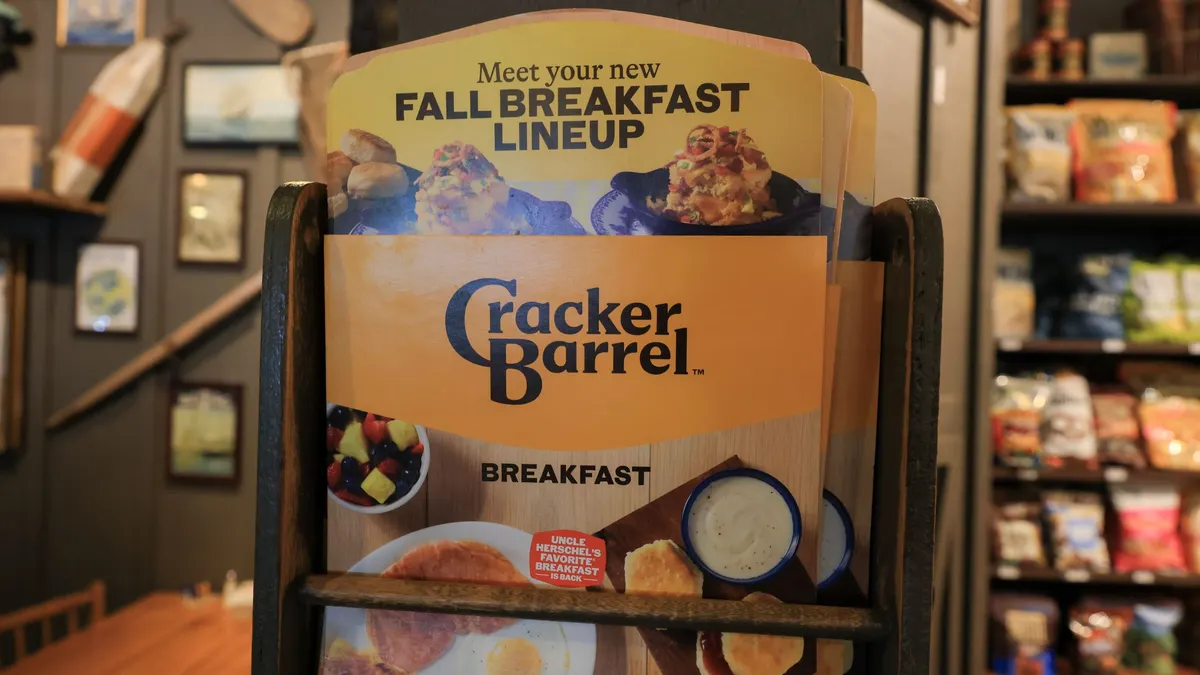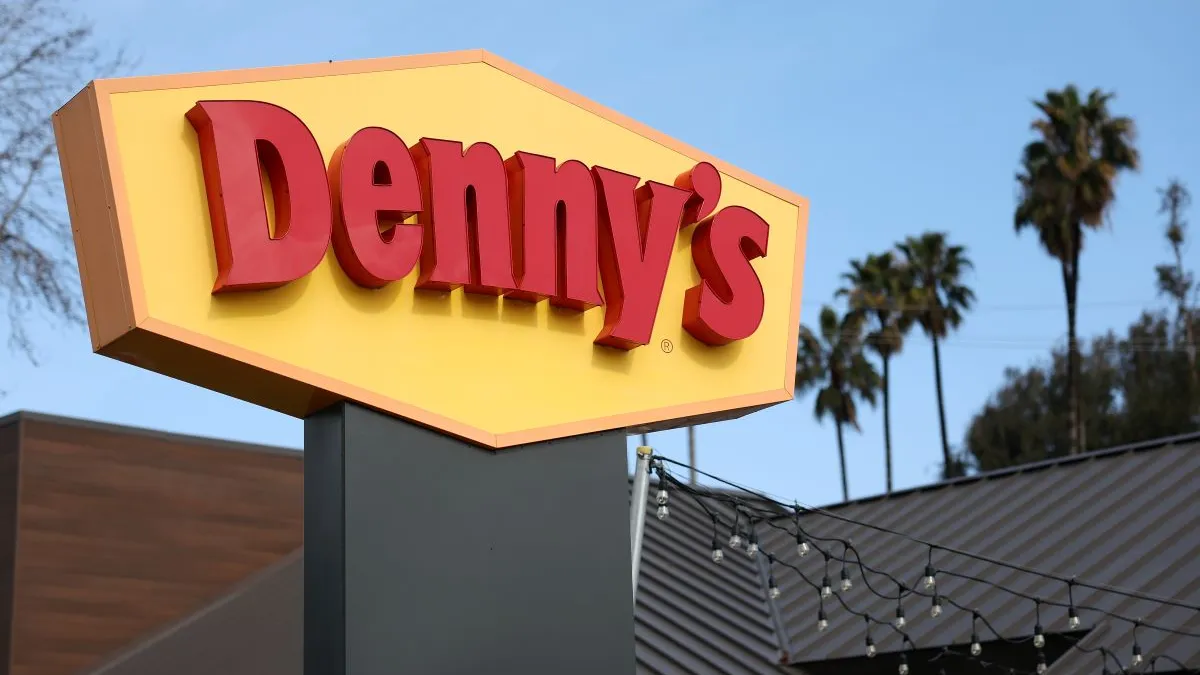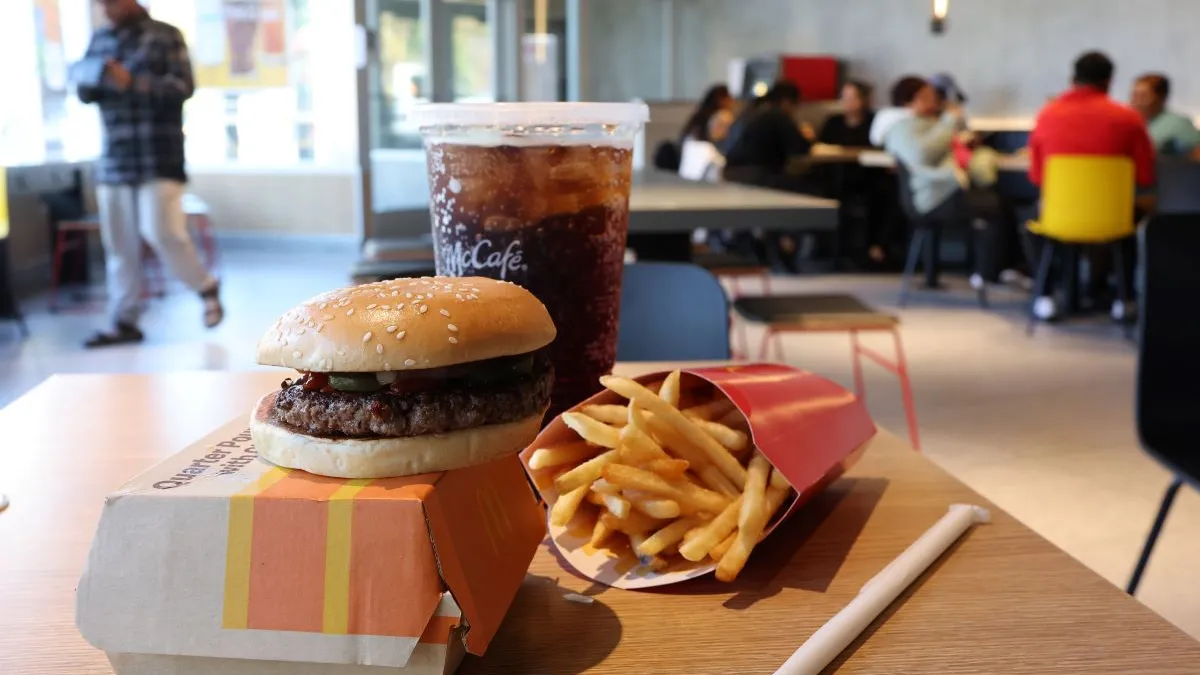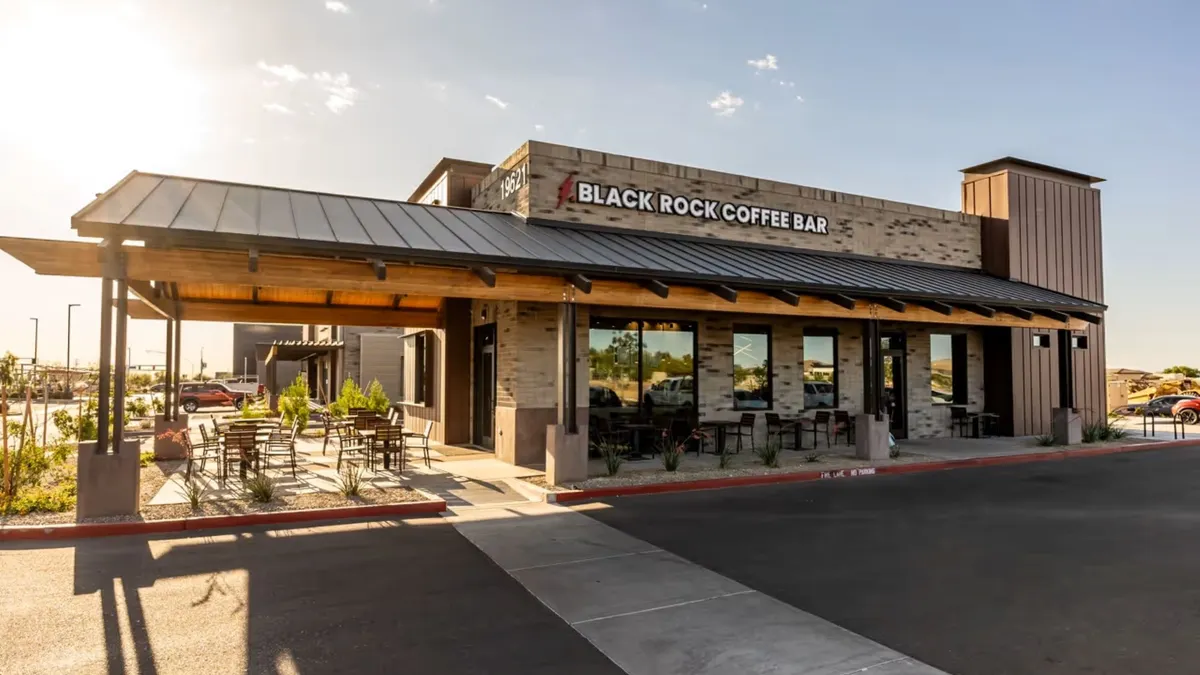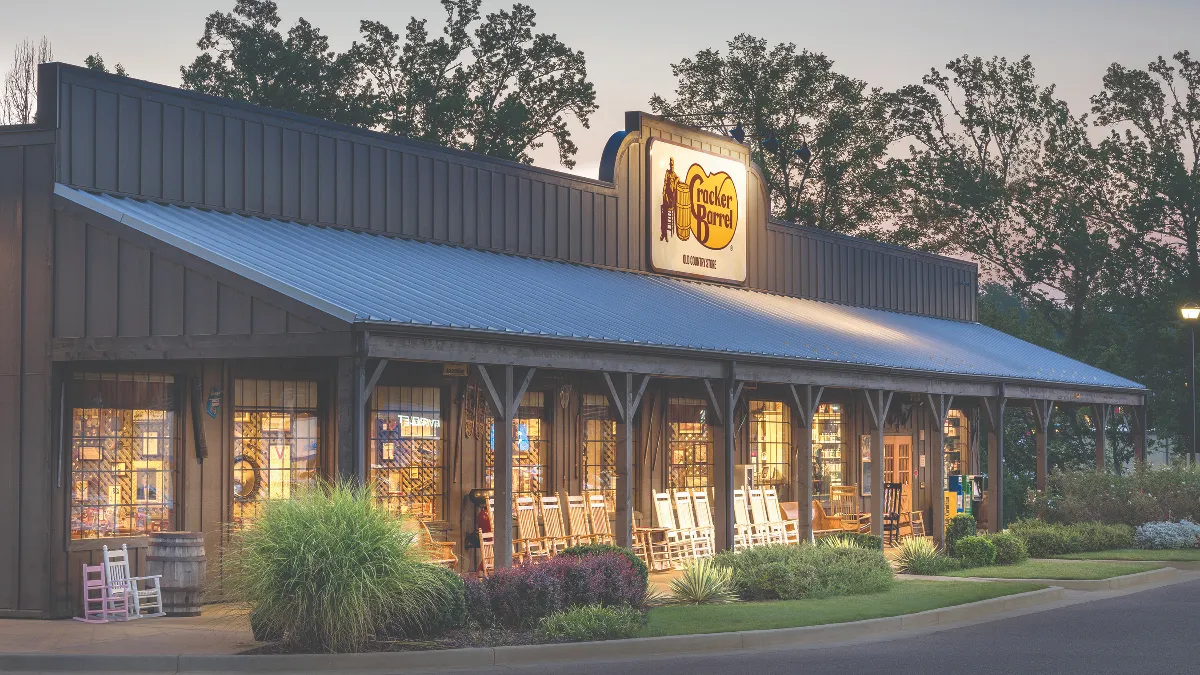Last year, several large QSR franchisees declared bankruptcy. While each of these bankruptcies had unique causes, they provide a window into a set of common industry problems: rising input costs, including labor and food costs; difficulty raising capital to fund expansions or remodels needed to drive new sales; evermore expensive debt service; and static or falling consumer traffic.
Now, the environment remains perilous for operators, and experts say restaurant franchisee bankruptcy filings are probably far from over.
“All of those pressures that the franchisees are citing as causing problems with their operating economic models show really no sign of slackening their impact as you move into 2024,” said Eric Danner, a partner in CohnReznick’s restructuring and dispute resolution practice.
Ab Igram, executive director of the Tariq Farid Franchise Institute at Babson College, said those problems were likely to be serious only for over-leveraged operators.
“For the most part, it depends on the individual operator, what markets they're in, how well they've maintained their units,” Igram said. “If the economy continues to improve, that bodes well for franchisees heading into 2024.”
Core problems remain
Danner noted that factors driving higher costs haven’t changed. Unemployment is still low, contributing to labor market tightness that forces employers to compete for workers. This dynamic may be driving wage growth above inflation on a broad basis.
While good news for workers, wage growth may eat into the cashflow franchisees need to meet the covenants on loans, which puts pressure on operators’ balance sheets, said Kevin Clancy, global director in CohnReznick’s restructuring and dispute resolution practice.
Because franchisee debt generally has cash flow or profitability requirements, issues with margins or cash flow due to supply shocks, labor shortages or other disruptions can push operators into covenant default, Clancy said. Those shocks can be as minor as a particularly harsh winter, which cuts into traffic in some regions, he said.
Danner said there’s been a general move away from “term debt that has a lot of loan covenants towards asset-based facilities that have fewer covenants but often carry a higher cost of money.” Those loans may be less onerous in terms of the performance metrics borrowers have to meet to avoid technical default, but that relative flexibility comes with a higher price tag.
In general, the cost of borrowing has risen as interest rates have increased since 2021, in proportion with the Federal Reserve’s interest rate increases.
“I've seen our client's borrowing costs go up by two to three times,” Danner said. “That's significant, especially when you're talking about borrowing a large principal balance on which to fund an acquisition or significant renovations.”
Part of the trouble fast food franchisees face stems from the success experienced by the QSR segment between 2020 and 2021. QSRs, Danner said, outperformed the rest of the industry during this time, making them attractive for investors and lenders who were skittish about other restaurant segments.
“As people bought into the franchise world during COVID, the bulk of that was predominantly borrowed money. And that's kind of coming home to roost,” Danner said. The spiraling cost of debt service since then has funneled operating profits away from reinvestments in remodeling, new technology and core operations and toward debt repayment.
Clancy said that there are likely to be more bankruptcy filings in the casual dining and full-service restaurant sectors as well, as the consumer rush toward experiential dining following COVID-19 restrictions returns to a normal level.
Danner said full-service and fine dining in urban centers may also see a number of bankruptcies if business traffic and office attendance in central business districts remains depressed.
The weakest franchisees may be gone already
Mark Wasilefsky, head of franchise finance at TD Bank, said that while many franchisees are still heavily leveraged, there’s reason to think the worst may be over, given the specific troubles faced by franchisees who went bankrupt last year.
Among the major franchisees to go belly up in 2023, two were owned by the same founder, whose death left the companies leaderless. One, a McDonald’s franchisee, went bankrupt to minimize liabilities after the company hired a sex offender as a manager who then allegedly sexually assaulted a minor employed at the restaurant. Starboard Group, the major Wendy’s franchisee that filed for Chapter 11 in November, had problems with residual debt from failed efforts to penetrate the Brazilian market. And Meridian Restaurant Unlimited, one of Burger King’s operators, had pursued a strategy of acquiring underperforming stores in the hopes of turning them around. Other bankrupt franchisees were heavily indebted.
“There were some folks that went way out on the leverage spectrum [in 2021],” Wasilefsky said. “Probably hoping that that kind of performance and those margins were going to continue, no one saw interest rate or commodity and wage inflation coming in like it did.”
“I don't think all those deals have washed through,” Wasilefsky said. But those operators that have held on until now have had time to pay down debt and may be near a position to refinance, depending on loan terms.
“There certainly has been a certain amount of weeding out the weakest that's taken place in ‘22 and ‘23,” Danner said.
While many macroeconomic statistics show a relatively healthy environment in the U.S. — low unemployment, slowing inflation, steady growth — QSR traffic has fallen since 2022 and value moves by brands may not fix it.
“A lot of these bankruptcies had other issues going on,” Wasilefsky said. “I don't see a lot more of the large ones happening unless there's exogenous issues.”
There may still be exogenous shocks to the market: Ansar Allah, an Islamist movement based in northern Yemen, has imposed a partial blockade in the Red Sea in an effort to stop what the group described as crimes committed by Israel during the invasion of Gaza. Ansar Allah also aims to pressure Israel to ensure prompt delivery of food and water in the besieged Gaza strip, where the United Nations estimates more than half a million people are starving. According to the Financial Times, shipping costs have surged as a result of the blockade, which could push up oil prices as well and worsen inflation.



